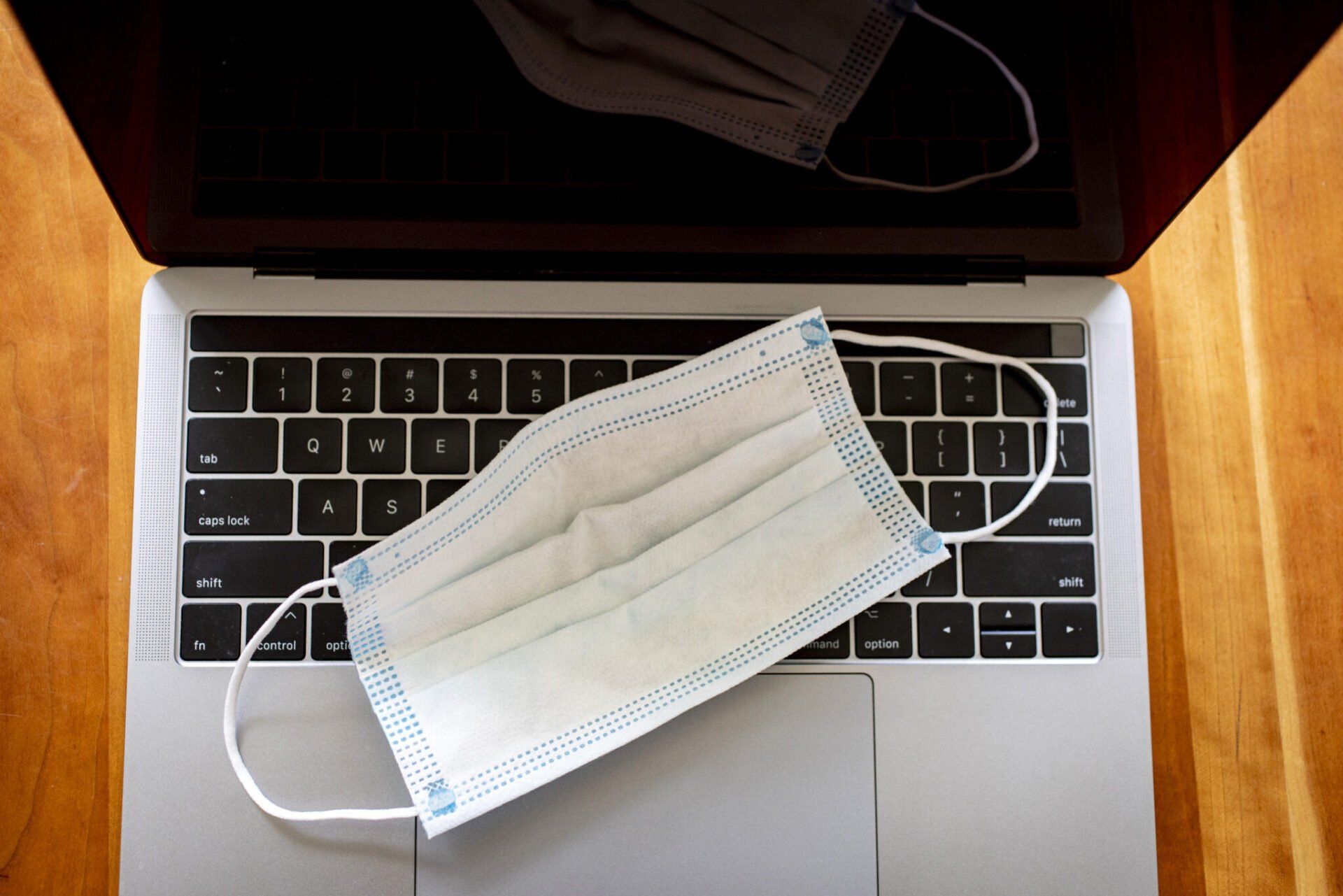The relationship between Workplace Experience and Employee Experience
- By Leni Rivera
- •
- 08 Nov, 2018
- •

In 2015, Airbnb first shook the industry when its then head of Human Resources, Mark Levy, changed his title to Chief Employee Experience Officer. This marked the beginning of crafting a dedicated "experience" for a company's employees, and paved the way for people like me who are dedicated to enhancing the experience of people's journeys in the workplace.
But what is the difference between Employee Experience and Workplace Experience?
As Jacob Morgan revealed in his Feb. 1, 2016 article for Forbes.com (Jacob himself being a leading authority on Employee Experience), Mark Levy saw the opportunity to regard employees as the company’s customers. He wrote, “When Mark joined Airbnb, the Human Resources functions were split into multiple groups, including talent, recruiting and a group called “ground control,” which was responsible for the workplace culture. There was talk of bringing the departments together and Mark questioned, "If Airbnb had a Customer Experience Group, why not create an Employee Experience Group?" The Employee Experience was then created with new specializations, such as compensation and benefits, facilities and a food and beverage program.”
The idea of focusing on an exceptional experience for employees throughout the entirety of their journey with the company was revolutionary at the time. For Airbnb, the driving force behind this idea was their corporate mission to “create a world where everyone feels like they belong.”
By advocating this mission internally, Airbnb created an experience for their employees which undeniably made them feel like they themselves belong. This authenticity of course emanated out to customers, and the results brought impressive successes for the company, both financially and culturally.
It is no easy undertaking to translate this mission-driven culture throughout an entire company, especially one with office locations around the world. At Airbnb, their “ground control” group is deployed to their worldwide locations, and dedicated to ensuring that the employee experience culture thrives in every site.
But of all of the aspects surrounding the Employee Experience, the one area which is able to provide a visible and physical translation of the company’s culture – anywhere they are in the world – is the workplace, and the specific experience this space offers.
At Airbnb for example, each of their conference rooms in their San Francisco office (as well as their offices around the world) is inspired by one of their actual listings in another part of the world, and the actual photo of the listing is hanging outside the door of the respective conference room. They also provide employees with 3 free healthy meals a day, the menu for which is also based on actual listings or a country where their listings are based. This workplace experience completes the narrative of the company’s specific culture for the employees.
Therefore, Workplace Experience is an aspect of Employee Experience, and an imperative one, as it is the only aspect that provides a physical representation or translation of the company’s culture.
As such, it carries the ability to affect employees through all senses (sight, sound, taste, touch and smell), thus conveying the corporate culture in an impactful way.
Workplace Experience and Employee Experience go hand in hand, where the former supports the latter, and with both acting as channels through which a company’s unique culture is championed.


This time last year, virtually every company around the world shut the doors of their offices, and those that could, asked their employees to work from home. The definition of a workplace began its unforeseeable transformation from a physical office space to a virtual room from anywhere… or did it?
The reality is that this transformation had already started occurring over a decade ago. The pandemic that struck the world simply caused our perception of the workplace to finally catch up with this reality.
In 2019 (12 months before the pandemic struck), The International Workplace Group (IWG) released their annual Global Workplace Survey report, in which they examined responses from over 15,000 professionals from 80 countries. This report revealed that 70% of professionals globally work remotely at least one day a week, and more than half work remotely at least half of the week.
Working remotely is not a new concept, it was just perceived differently. Companies considered those who worked from home and those who worked in the office, as separate entities. They invested their resources on the workplace experience of the physical workplace, while disregarding the home workplace environment. But the pandemic has altered that perception. Everyone from the top executives down were forced to work from home, and thus experienced together the importance of a consistent conveyance of the company’s culture for all employees, regardless of where they work.
Taking this new perception into consideration, the corporate world is now facing an evolution in how they will redefine their “workplace” moving forward, post-pandemic. Some companies have evolved to a fully remote workforce, shifting the workplace to the home environment. Some have a hybrid approach. And others are adhering to a fully office-based work environment. Regardless of how this is defined, what is undoubtedly clear is that resources need to be invested in both environments in order to ensure that the corporate culture is consistently felt by all employees, anywhere.
To demonstrate how this is possible, here is a model of a potential hybrid scenario with employees working in both locations.

I have been a Workplace Experience specialist for 8 years now, and moved to the Bay Area because this is where the industry is prevalent. When I began developing and running a workplace experience for a company all those years ago, I didn’t even realize it had a name, much less understood the impact it would have on the productivity and happiness of people at work.
What most people seem to get wrong is that Workplace Experience is not – should not be – a mere collection of facility perks and benefits. I learned from that mistake early on, and still witness that mistake being made frequently, even here in the Bay Area. Just because you have a corporate gym on premises, or offer food in a company cafeteria, or designate a space in the office for a pool table, doesn’t mean that (1) your employees will even use it, (2) it will be appreciated, or (3) it will have any significant impact on employee engagement. I have seen free shuttle services for employees being underutilized, food in corporate cafes wasted, free gym classes underpopulated, and facility events fall flat. This is because the biggest misconception about a Workplace Experience is that it will generate a fun, unique, engaging environment all on its own. The mistake is a dependence on a Workplace Experience to create a corporate culture, and not the other way around.
The establishment of a corporate culture that is true to its values, principles and overall mission, is where it all begins, always. This forms the foundation of the relationship between the company and its employees. A solid corporate culture attracts the right employees because people want to invest in relationships that are based on mutual respect, trust, personal growth and a shared vision. But people are also wise to recognize when the company is sincere about its culture, or whether it’s just lip service.
Workplace Experience is the measure by which employees are able to quickly and easily gauge the culture’s authenticity. This is because it is the only element of a culture that can be experienced physically through all the human senses – touch, taste, sound, smell and sight, and so it bears witness to the sincerity of its purpose. That’s why placing a pool table in the office or sleep pods in the corner without having a reason behind their existence will cause more doubt than anything else.
Only if a company’s culture anchors itself on being truly invested in its employees’ health and wellbeing, for example, will facility features such as fitness classes, various healthy food offerings, placement of living plants in offices, allocating special parking spaces designed to optimize step counts, and facility programs aimed at helping people achieve their health goals, succeed. In the same respect, if the office areas of the company executives have vastly higher-end finishes, lighting, comfort and appearance than the work areas of the rest of the company, do you think that employees will believe the company culture supports equality and inclusivity?
And let’s not forget, the purpose of a Workplace Experience is far more than just offering attractive features in a workplace. Its primary function as a tool of the corporate culture is to enable and empower employees to be fully engaged and happy with their work. The scope of Workplace Experience includes the entire journey of an employee throughout their workday – from their transportation to work, their entrance into the facility, the ease with which they are able to access their needs (a meeting room, an appropriate work space, work tools and equipment, locating people and departments, etc.) and collaborate with each other (in engaging spaces, over coffee, with meals, through facility events and programs, etc.), and even providing relief by accomplishing chores before ending the day such as dry cleaning, car wash, or bringing home ready-cooked meals. That’s why Workplace Experience is such a powerful tool. It has within its very purpose, the capacity to directly impact employees’ productivity as well as directly influence their happiness at work.
If a company just throws in facility “perks and benefits” without anchoring them in their corporate culture, this investment will not only be a waste of money, it will be the large elephant in the room that constantly reminds employees of how inauthentic the company is. And conversely, as the only physical manifestation of a corporate culture, Workplace Experience can be the company’s most important tool in expressing to employees their sincerity.
Watch out for my first book on Workplace Experience, coming out this year!






